
Instructing daily life techniques in the art classroom is important. Significant imagining and time administration transcend the art studio and established pupils up for potential results. Everyday living techniques can also be significantly less complicated, like how to use essential applications and products. Sandpaper is a single these foundational (and typically forgotten) software and substance. It is useful in the residence, garage, and art classroom and brings together hand-eye coordination with concentrate. A further reward: it is relatively cheap and can go a extensive way on any art funds.
Preserve examining to learn what sandpaper is and discover eight approaches to use it in your curriculum—plus, what to do with all that leftover sawdust.
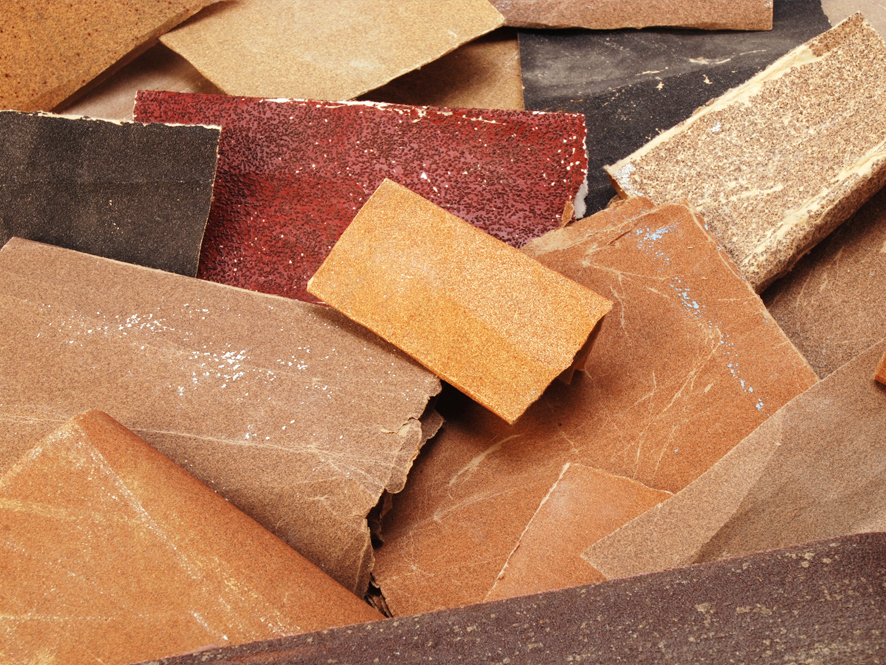
Why sandpaper?
There are numerous similarities in between a hardware keep and an artwork source closet. A vary of mediums and resources, all whole of likelihood and prospective. In a hardware retail store, paint, nuts and bolts, wooden, tile, and twine wait to be put to use. In an art provide closet, you can come across some of all those identical resources mixed in among pom-poms, clay, pencils, and paper. Students get excited when an everyday content or medium reveals up in their classroom in a new way. Though sandpaper may well be a typical substance for a lot of students, it is a fully strange medium for many others. Permit your college students explore this tactile resource in unexpected ways.
What is the background of sandpaper?
The most simple definition of sandpaper, according to Merriam-Webster, is paper lined on one aspect with abrasive substance glued quick and utilized for smoothing and sharpening. Originally, sandpaper was designed up of crushed shells, seeds, sand, gum, and glass. Sandpaper has been in use as much back again as 13th-century China. Now, sandpaper is utilized in a wide range of careers and passion fields and can be found in most house-improvement merchants.
What are the different styles of sandpaper?
Sandpaper is accessible in four unique types and varying grits (far more on that in a moment). The 4 variations are aluminum oxide, garnet, silicon carbide, and ceramic:
- Aluminum oxide: Lasts a extended time and is the most sensitive.
- Garnet: Wears out quickly but creates a sleek area.
- Silicone carbide: Permits sanding on more challenging surfaces like metals and plastics.
- Ceramic: Has the roughest grit and is used for shaping wooden.
Sandpaper will come in a selection of grits. This refers to the compact particles of sand or gravel adhered to the backing. The lessen the grit, the coarser the sandpaper. The greater the grit, the smoother. Reduced-grit sandpaper is wonderful for eliminating a larger quantity of product at a time and higher-grit sandpaper can help clean and glow.
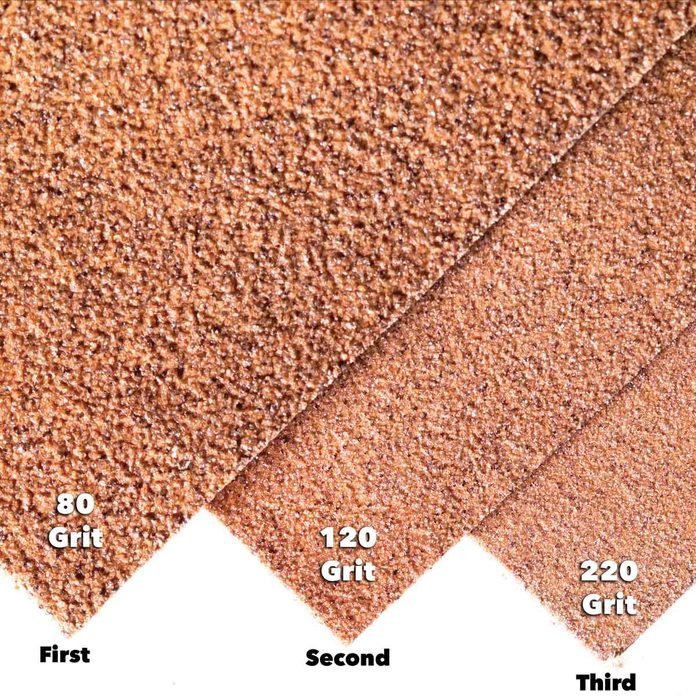
Let’s investigate 8 unanticipated approaches to use sandpaper in the art room.
1. Condition wood.
Artwork supply retailers have a assortment of wooden elements obtainable in bulk, from ornaments and canvases to blocks. When working with sandpaper with your pupils, reiterate how to keep the sandpaper with a business grip while rubbing it back and forth on the wood area. A light go around the wood will not clear away, or sand, as much as a firm pass.
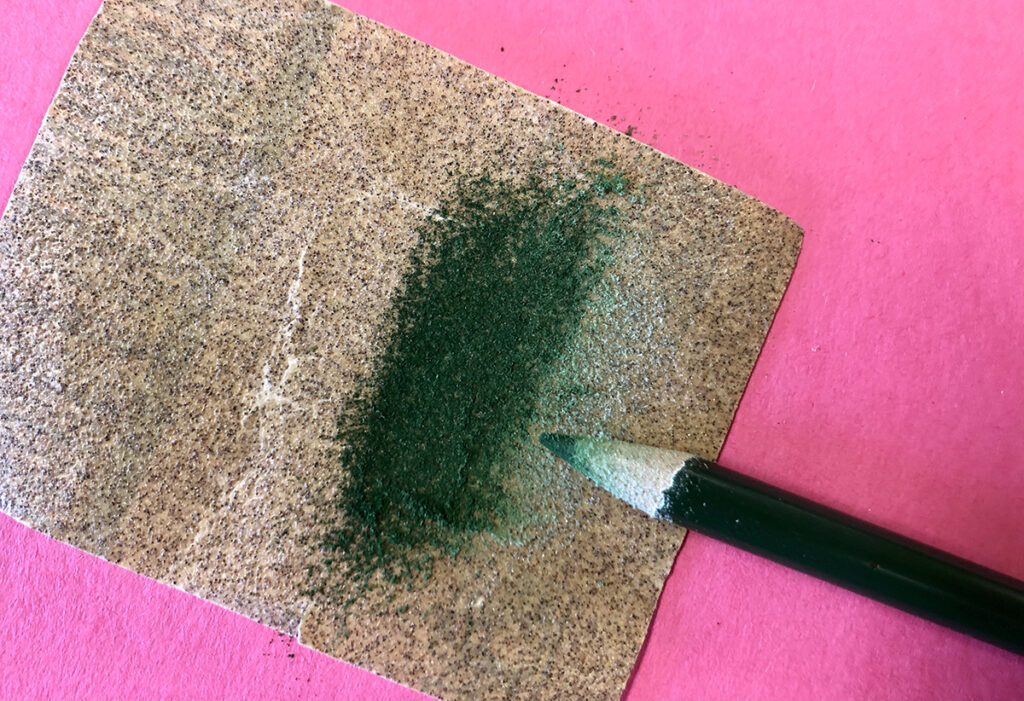
2. Sharpen pencils.
Forgo pencil sharpeners and let pupils experiment with hand-eye coordination. Take a colored pencil or standard pencil and, with company pressure, glide the side of the wood pencil towards the grain of the sandpaper. Be certain the pencil position is dealing with absent from the student. Rotate the pencil and repeat until eventually sharpened. Have your learners experiment with a wide range of sandpaper grits.
3. Build a faux chalk drawing.
Use a sheet of sandpaper in lieu of a sidewalk. This will work excellent if it’s raining or you really do not have an out of doors room. Choose the chalk and attract ideal onto the sandpaper to simulate drawing with chalk on a rough, textured sidewalk. Share unique methods to maintain the chalk. Students can hold chalk like a pencil, or use the side and the width for wider protection.
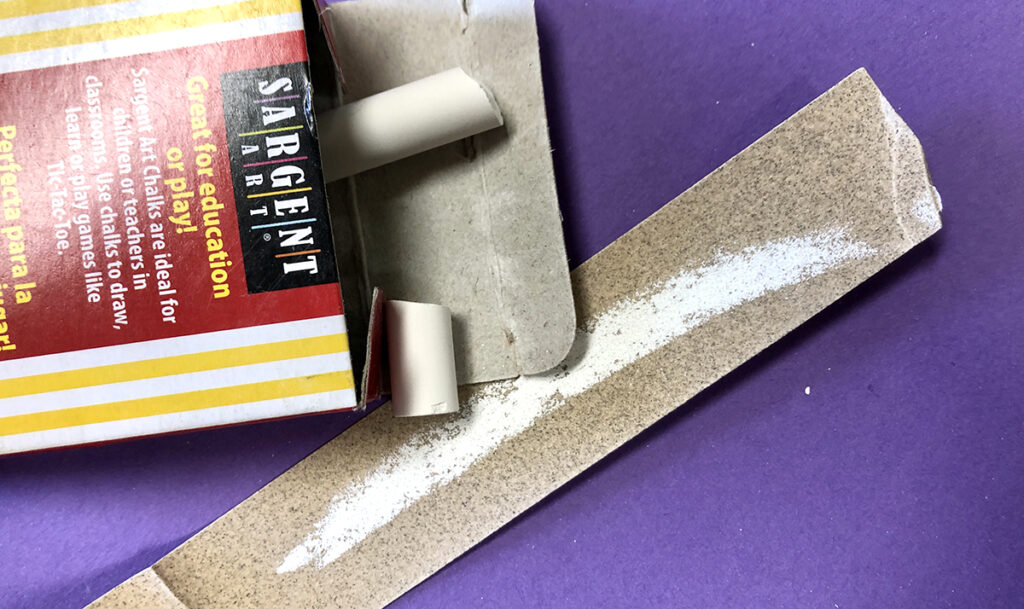
4. Impress a monoprint or rubbing texture.
Tear or slash tiny pieces of used sandpaper and attach them to a cardboard printing plate. Roll ink around the plate and build a print. The monoprint will seize the texture of the sandpaper. Or, roll ink on a plexiglass plate. Carefully impress the sandpaper onto the plate and diligently get rid of it. Spot a piece of paper on prime of the plate and rub it to reveal yet another textured print.
Utilize the sandpaper as a texture plate or texture rubbing. Location paper about the sandpaper and go an artwork instrument back again and forth. Working with an unwrapped crayon’s extensive aspect is a great way to include a large area with texture. Urgent down frivolously will develop a faint texture and pressing down more difficult will show much more contrast.
5. Change ceramic parts.
During a ceramic device, sandpaper is one more excellent texture and device to introduce. When your clay is at the leather-tricky or bisque-fired stage, it can be carefully sanded down. Cups, bowls, or plates need to have a flat and amount foundation. Carefully gliding the piece in excess of sandpaper on a flat, difficult surface area can assist stage the bottom. Sandpaper is also great to carefully press into and clear away from the clay as a floor texture.
6. Paint with chalkdust.
Immediately after developing dust with chalk—perhaps following your fake sidewalk drawings—mix the shavings with tempera paint and water. Or, attract a layout with liquid glue on to a piece of cardboard, then sprinkle the chalk shavings to create a sand painting. This approach is similar to how glitter is additional to crafts.
7. Perform a STEAM experiment.
Friction is a power that resists the sliding of one particular strong item around yet another. Working with a selection of materials, incorporate STEAM—Science, Technological innovation, Engineering, Art, and Math—elements into your classroom. Review and contrast what transpires diverse elements are dragged across a piece of sandpaper. For an extension, use high and reduced grits and assess and distinction the sawdust dimension and texture.
8. Compose a texture collage.
Integrate torn or reduce parts of sandpaper for texture in a collage. Sandpaper is an intriguing medium to insert to common paper or photograph collages. It will make the great texture for mountains, rocks, or bricks.
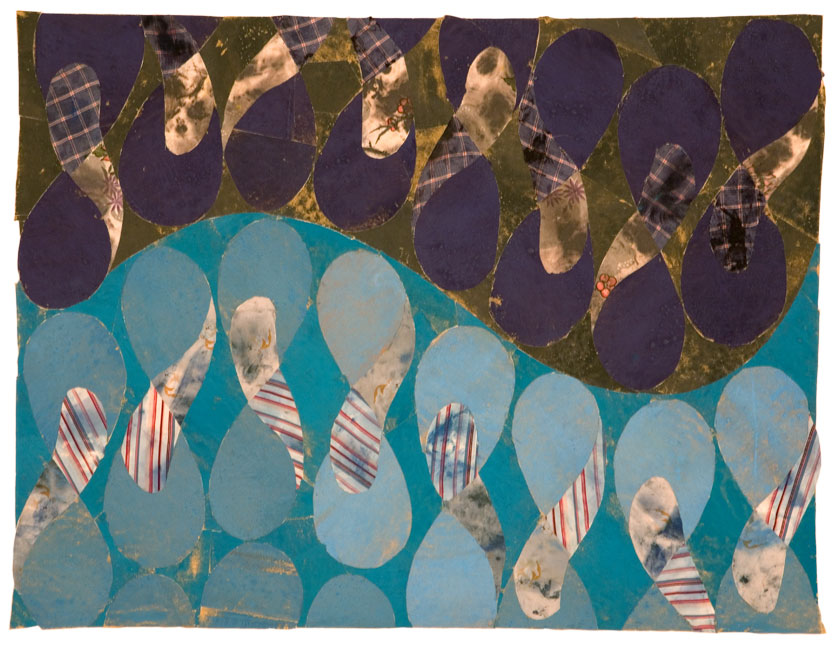
What about all that sawdust from sanding? Right here are four surprising uses.
Generating anything at all with sandpaper can guide to a lot of residual sawdust. Rather of swiping it into the trash can, use this unconventional materials in a new way.
1. Incorporate texture.
Combine the sawdust into an artwork. Combine the wooden shavings with Mod Podge or another sturdy sealant. Use it to coat a canvas or item. To layer a different impact, add color to the sawdust prior to mixing it into the sealant. This is a fabulous way to add texture to any artwork.
2. Generate a a few-dimensional sculpture.
Use molds to blend resin and shavings or sawdust. When the mixture dries, acquire it out of the mildew and use sandpaper to sleek any tough edges.
3. Make faux snow.
Blend sawdust, white paint, and glue to magically produce artificial snow. This is a inexpensive alternative if you have been gathering containers of wooden sawdust for vacation-themed artwork projects or shows.
4. Backyard garden.
Take into account tending to an art back garden with the purpose of employing the harvested vegetation in the artwork home to develop paint pigments and far more. Lots of artwork instructors appreciate having potted crops in the studio as well. Add sawdust to the soil! Consider it or not, it’s great for mulching and composting.
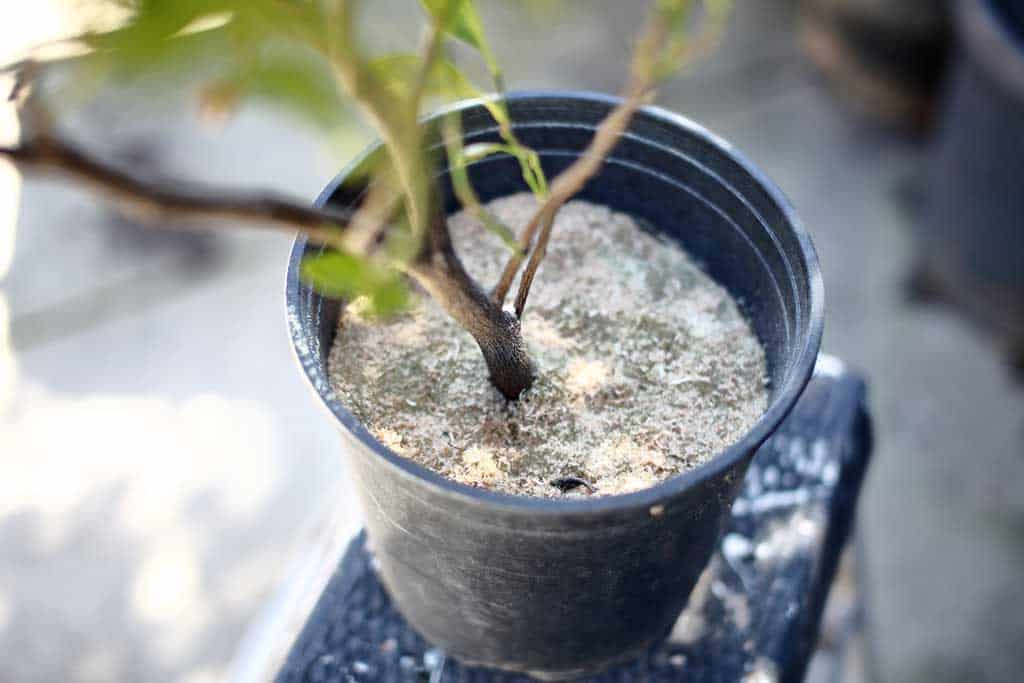
The artwork classroom is a place for fingers-on studying. Sandpaper can be made use of for much more than woodworking with a assortment of other mediums and art techniques. You will be in a position to hear the audible “oohs” and “ahhs” from students as they contact the diverse grits for the to start with time. This gritty paper has numerous apps in just artwork curriculum. The concern is, which thought will you choose 1st?
How do you use sandpaper in the art classroom?
What is a different each day materials or software with unlimited creative options?

